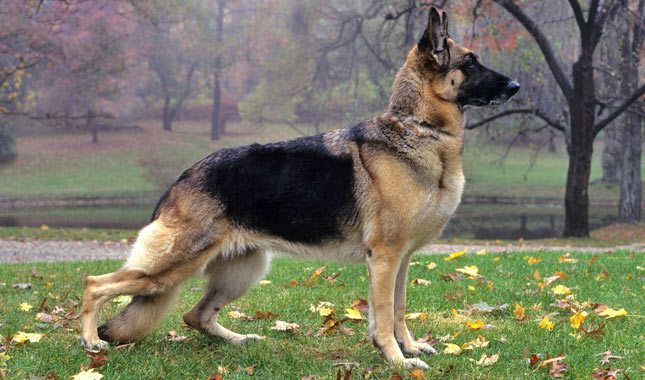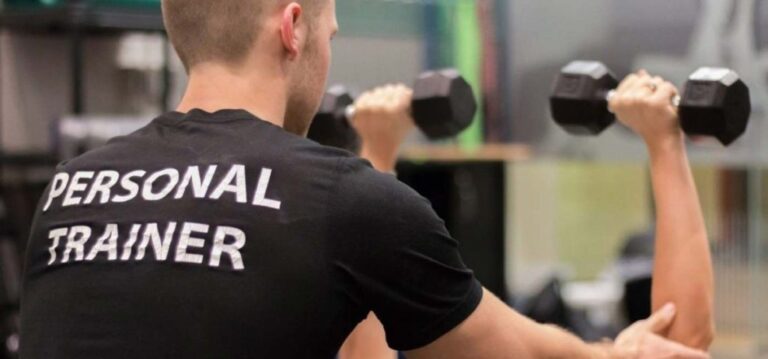The Evolution of Protection Dogs: From Ancient Guardians to Modern Protectors
The history of protection dogs dates back thousands of years, with ancient civilizations recognizing the invaluable role that dogs played in safeguarding their homes and communities. From the early days of using wolves for protection to the modern specialized training of breeds for specific tasks, the evolution of protection dogs is a testament to the enduring partnership between humans and canines. In this article, we will explore the fascinating journey of protection dogs, from their ancient origins to their modern-day roles as skilled protectors.
Ancient Origins of Protection Dogs:
The concept of using dogs for protection can be traced back to ancient civilizations. Historical records and archaeological findings suggest that ancient Egyptians, Greeks, and Romans employed large and powerful dogs as guards for their properties and even in battle. The Molossian Hound, an ancient Greek breed, was renowned for its protective instincts and strength.
Medieval and Renaissance Era:
During the medieval and Renaissance periods, protection dogs continued to play vital roles in guarding castles, estates, and livestock. Dogs such as the Mastiffs and Wolfhounds were common choices for these duties due to their imposing size and fearlessness.
Evolution of Specific Breeds for Protection:
As societies progressed, specific breeds were selectively bred for protection work, leading to the development of breeds that excelled in guarding and protecting their human companions. In the late 19th and early 20th centuries, the German Shepherd and Rottweiler emerged as exemplary protection dogs, known for their intelligence, loyalty, and versatility in various tasks.
Modern Specialized Training:
In the 20th century, protection dog training evolved significantly. Rather than relying solely on instinct, professional trainers began employing structured and specialized training methods to enhance the dogs’ abilities. Police and military forces developed formal training programs for protection dogs, focusing on obedience, bite work, and scent detection.
Roles of Modern Protection Dogs:
In contemporary times, protection dogs fulfill a wide range of roles:
a. Personal Protection: Modern protection dogs provide personal security for individuals, families, and high-profile personalities, ensuring their safety and well-being.
b. Law Enforcement: Police and security forces use trained protection dogs to apprehend suspects, detect narcotics and explosives, and participate in search and rescue missions.
c. Search and Rescue: Protection dogs play crucial roles in locating missing persons in search and rescue operations, thanks to their keen sense of smell and agility.
d. Service Dogs: Some protection dogs also serve as service animals, assisting individuals with disabilities, such as those with visual impairments or mobility issues.
The Bond Between Protection Dogs and Handlers:
One of the most remarkable aspects of protection dogs is the deep bond they form with their handlers. Through extensive training and constant interaction, protection dogs develop an unbreakable loyalty and connection with their human partners, creating a strong working relationship based on trust and mutual understanding.
Conclusion:
The journey of protection dogs from ancient guardians to modern protectors is a testament to the enduring companionship between humans and canines. From their origins in ancient civilizations to the specialized training methods of today, these remarkable animals continue to serve as loyal and skilled protectors. Whether guarding homes and families, assisting law enforcement, or participating in search and rescue missions, protection dogs remain an indispensable asset in ensuring the safety and security of our lives and communities.




